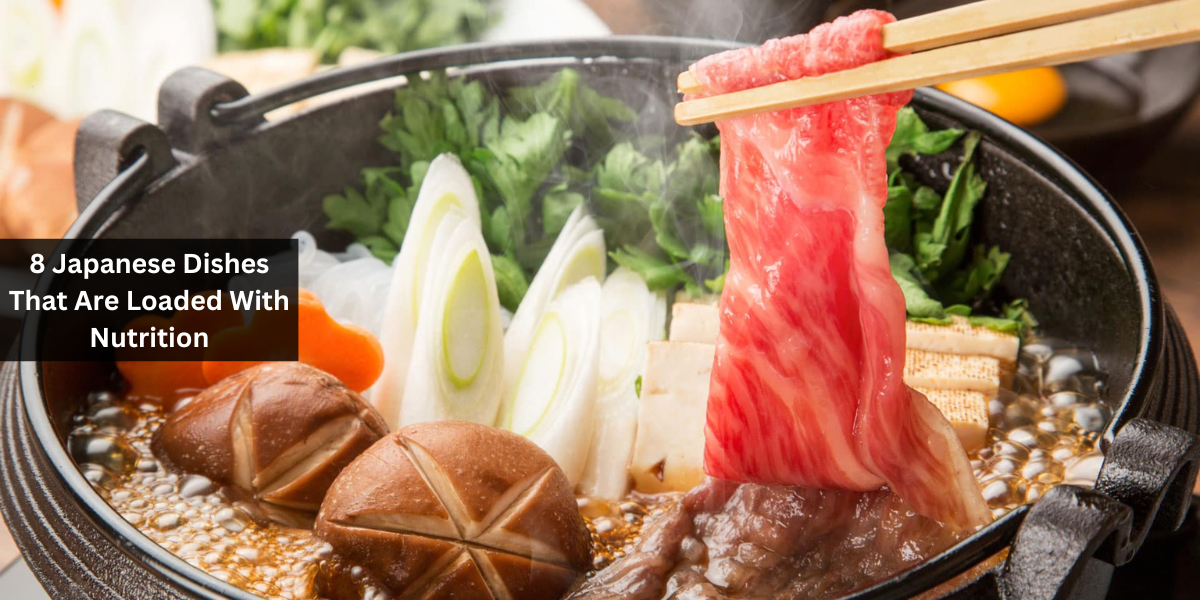8 Japanese Dishes That Are Loaded With Nutrition: Japanese cuisine is centered around the principle of balance and moderation. Meals often consist of a variety of dishes that cover all food groups, including carbohydrates, proteins, and vegetables. This not only creates a harmonious meal experience but also ensures a well-rounded intake of nutrients.
1. Sushi: More Than Just Raw Fish
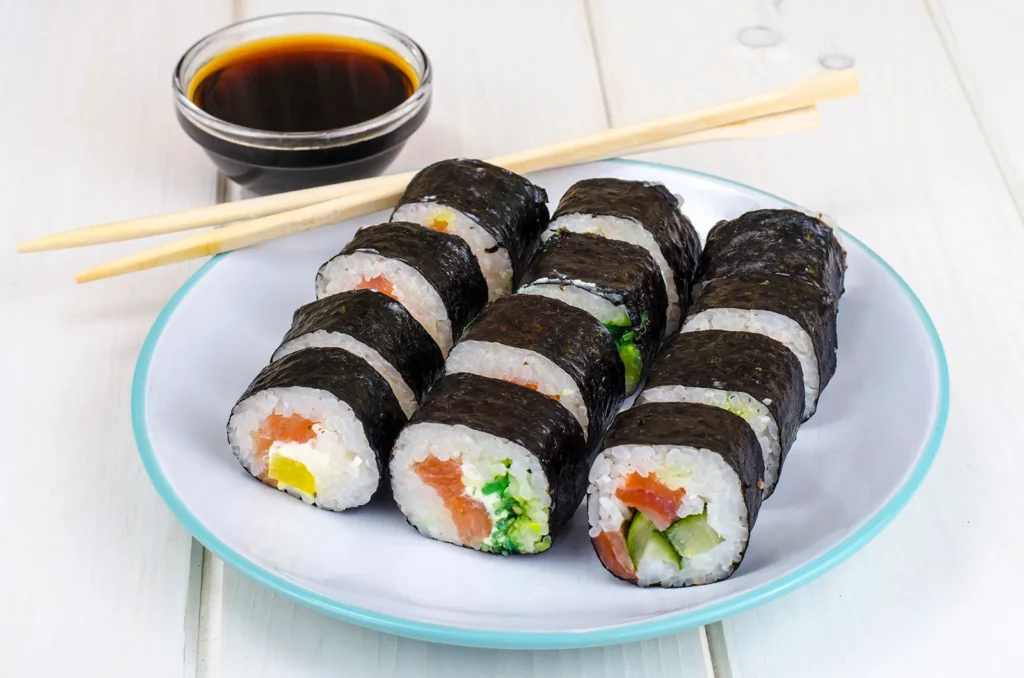
A Bundle of Goodness
Sushi, perhaps the most famous Japanese dish, combines vinegared rice with various ingredients like fresh fish, vegetables, and seaweed. It’s a great source of omega-3 fatty acids, especially when it includes fatty fish like salmon or tuna, which are good for heart health.
Did You Know?
Sushi provides a balance of macronutrients, with carbohydrates from the rice, proteins from the fish, and micronutrients from accompaniments like avocado and nori (seaweed).
2. Miso Soup: A Staple at Every Meal

Full of Fermented Goodness
Miso soup, made from fermented soybean paste, is a staple in Japanese meals. It is rich in essential minerals and a good source of vitamins B, E, K, and folic acid. The fermentation process also makes miso a beneficial probiotic, which aids in digestion and gut health.
Serving Tips
Enjoy miso soup with tofu and seaweed for an added protein boost and a dose of iodine.
3. Tempura: Light and Airy

Not Your Typical Fried Food
When done right, tempura—battered and deep-fried vegetables or seafood—can be surprisingly light and not overly greasy. The batter is made airy and crispy, often using cold water, flour, and sometimes sparkling water.
Nutrition Note
Choose tempura with a variety of vegetables like sweet potato, bell pepper, and green beans to enjoy a meal rich in vitamins and fiber.
4. Natto: A Unique Superfood
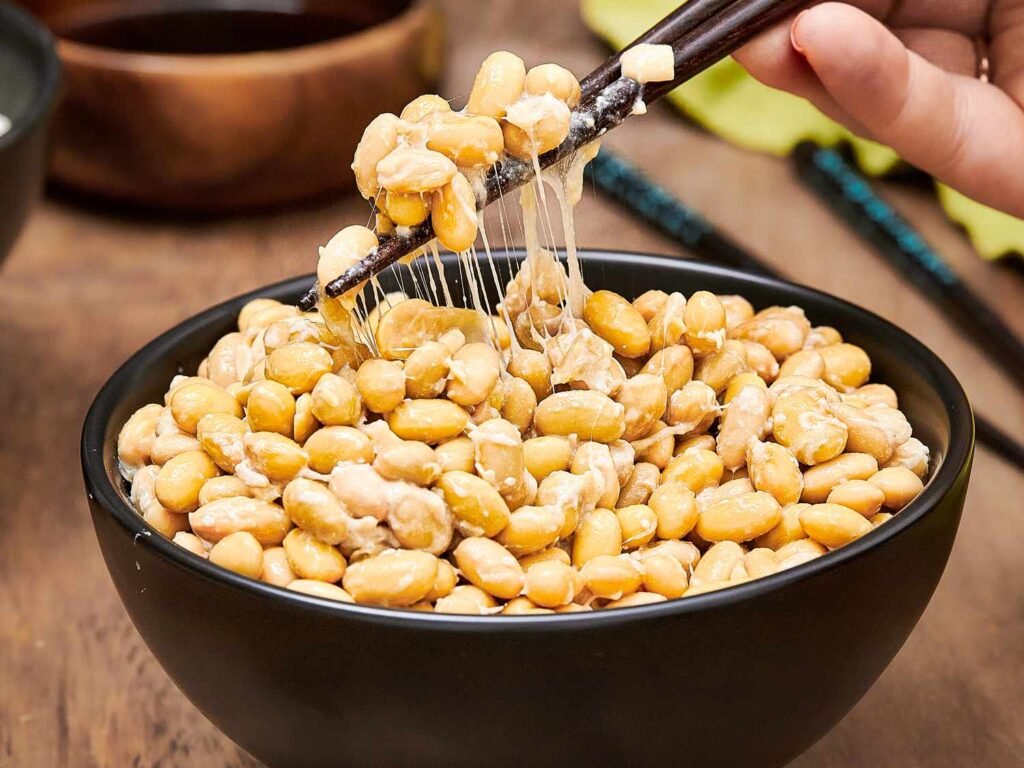
An Acquired Taste with Major Benefits
Natto, fermented soybeans, is known for its strong flavor and sticky texture, which might take some getting used to. It’s packed with protein, vitamins K1 and K2, and probiotics, which are excellent for bone health and cardiovascular health.
How to Eat Natto
Serve natto over warm rice with a drizzle of soy sauce and mustard for a traditional Japanese breakfast.
5. Edamame: Simple and Nutritious
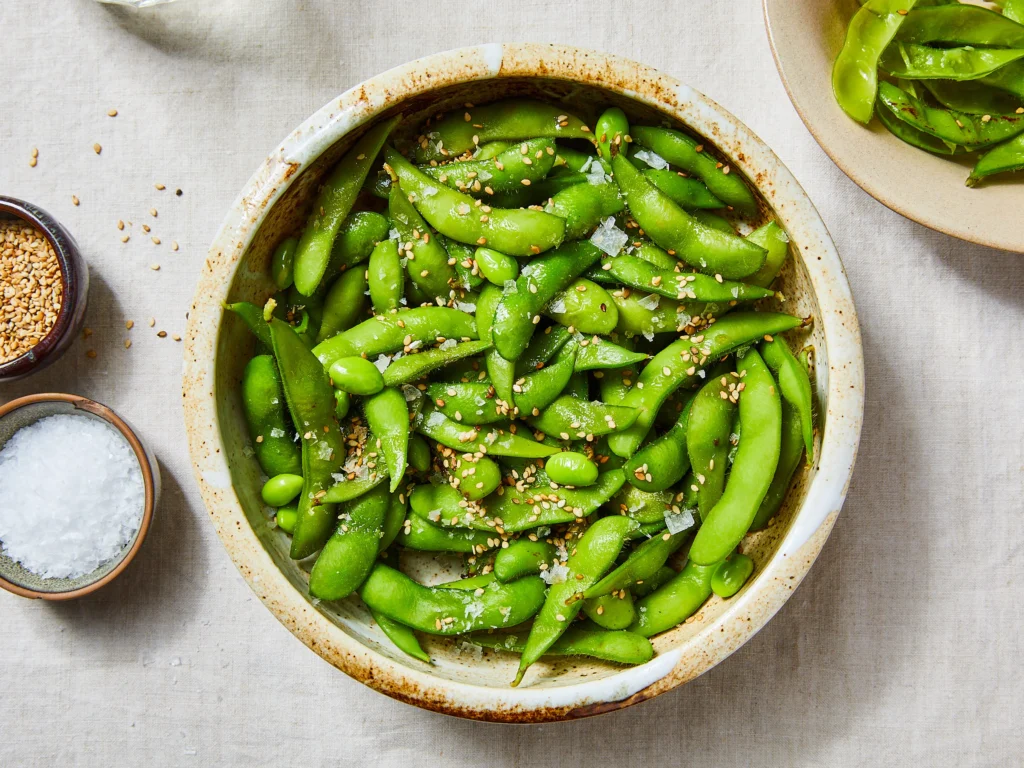
The Perfect Snack
Edamame beans are young, green soybeans often served steamed and salted. They are a great snack and a fantastic source of protein, iron, and calcium.
Snack Idea
Enjoy edamame as a mid-afternoon snack or appetizer before meals. They are filling, nutritious, and low in calories.
6. Seaweed Salad: Oceanic Nutrients
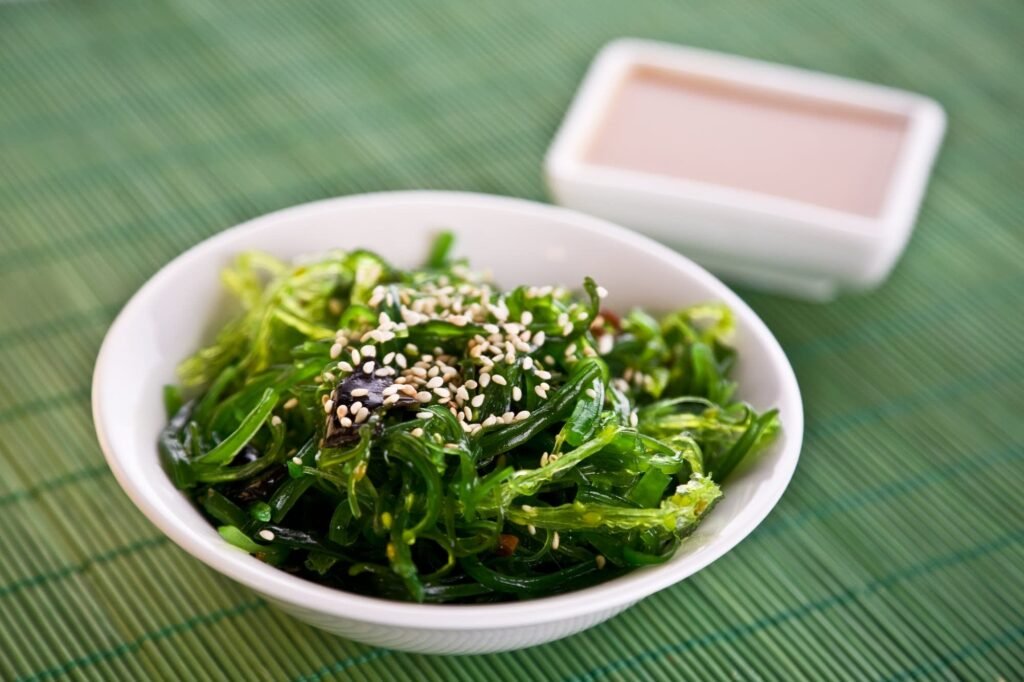
Dive into Health
Seaweed is a staple in Japanese cuisine and is one of the best sources of iodine, which is crucial for thyroid function. Seaweed salad, often made from wakame, is loaded with vitamins A, C, E, K, and B12.
Flavorful and Fresh
Dress a seaweed salad with sesame seeds, soy sauce, vinegar, and a touch of sugar for a refreshing side dish.
7. Soboro Don: Balanced in a Bowl

Everything in One Bowl
Soboro Don is a bowl of rice topped with seasoned ground chicken, scrambled egg, and sometimes vegetables. It offers a well-rounded meal with carbs, protein, and fiber.
Meal Prep Friendly
Soboro Don can be prepped in advance and makes a convenient and balanced meal option for busy days.
8. Shabu-Shabu: Fun and Healthy
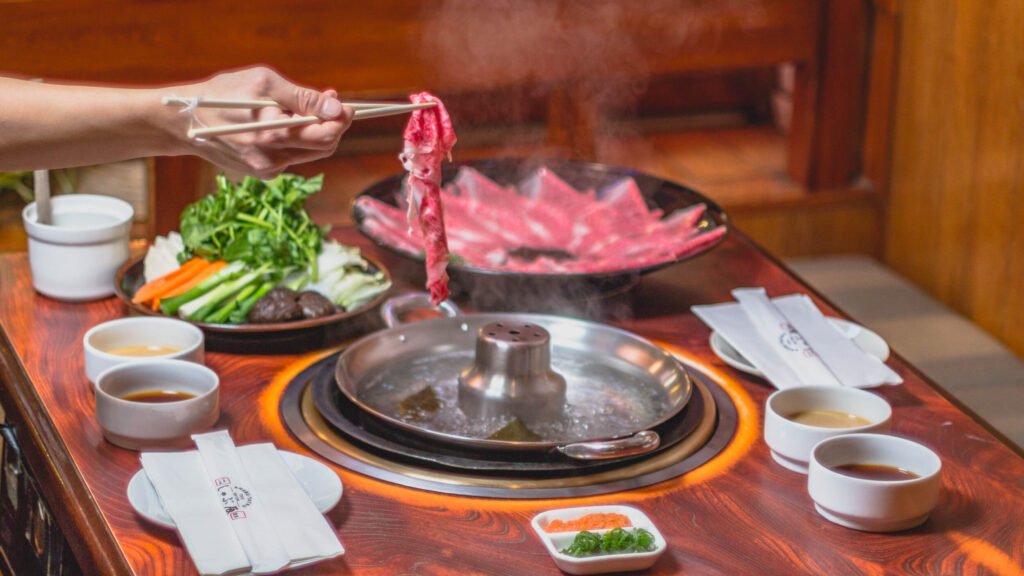
Interactive Eating
Shabu-Shabu is a Japanese hot pot dish that involves swishing thinly sliced meats and vegetables in boiling broth. It’s not only fun to eat but also packed with nutrients, depending on the variety of vegetables and meats used.
Broth Benefits
The broth, enriched with flavors from the ingredients simmered in it, provides a nutritious base that you can enjoy after the meal.
Conclusion
Japanese cuisine offers a diverse range of dishes that are both nutritious and delightful. Incorporating these dishes into your diet can provide you with a host of health benefits, from improved digestion to better heart health. Each dish brings a taste of Japan’s rich culinary tradition and a bounty of health benefits.

